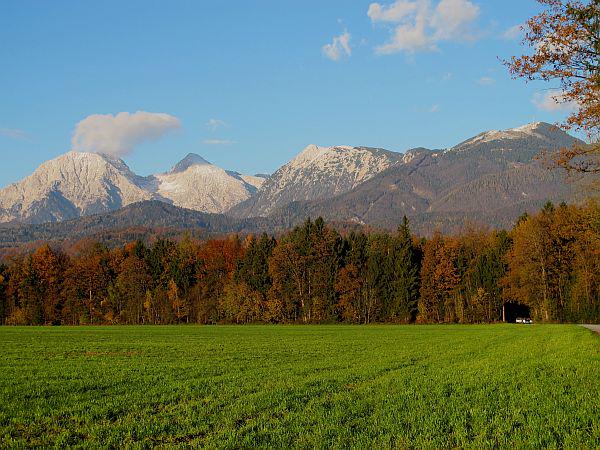
But it’s not deer or wild boar they’re after – instead, they’re on the hunt for tiny dormice.
Dormouse meat is one of Slovenia’s most unusual dishes. A food well-known to Romans, it has all but disappeared in modern Europe – except in Slovenia, where it’s considered a delicacy. It’s not nearly as widespread as it was centuries ago, when dormice were commonly eaten by people from all walks of life and dormouse fat was prized for its medicinal properties, but the traditional dormouse hunt – known as polharija – is still alive and well.
The dormouse hunters enter the fragrant woods in early autumn – and the hunt is on. They set wooden traps – usually box-like contraptions with a spring-loaded hammer -- and then spend much of the night near the woods. (Setting the traps in just the right places takes experience and great deal of know-how. A traditional code of ethics, however, prohibits hunters from placing the traps near dormouse hollows. That would be too easy, and therefore unfair.) The hunters stay in a barn or a tent, often accompanied by a roaring fire and a bubbling cauldron of stew.
Nowadays, entire families take part and the event quickly acquires the atmosphere of a village fete. During the long hours of this annual ritual, the hunters and their families get to bond by exchanging stories about their previous hunts.
During the night, the hunters head to the traps to see what how many animals got caught. If the year was a good one for dormice and the traps were set correctly, it’s not unusual for every individual trap to contain a dormouse’s bushy tail. Hunters often set and reset the traps several times during the night.
When the first dormice are brought in, they are often cooked or grilled immediately and the feast begins. After all, the hunt is not just about keeping a tradition that dates back to the Middle Ages alive in the modern era – it’s also about eating a delicious meal that cannot be bought in any store.
Jaka Bartolj


































































